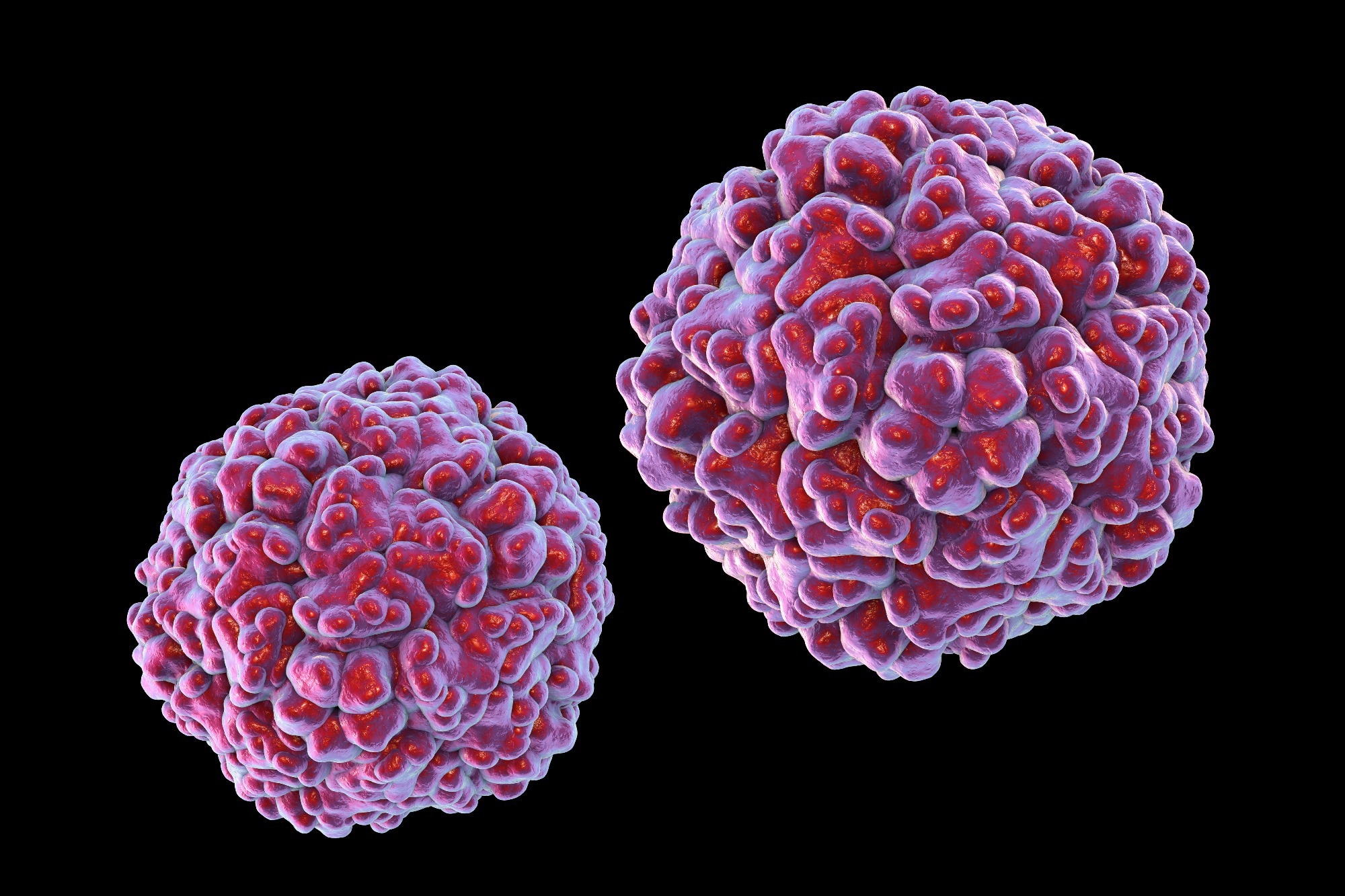Scientists have been working tirelessly to contain the pandemic of the ongoing coronavirus disease 2019 (COVID-19), caused by severe acute respiratory syndrome coronavirus-2 (SARS-CoV-2).
During global surveillance for SARS-CoV-2, enterovirus D68 (EV-D68) incidence was detected in many regions worldwide in 2021, indicating the possibility of a future outbreak of EV-D68 infection.
In late summer 2022, an increase in severe respiratory infections was documented, which warrants an urgent need for an effective vaccine to prevent EV-D68 infection and protect young children from adverse long-lasting sequelae.
A recent Science Advances study demonstrated the production of cross-clade neutralizing antibodies in response to EV-D68 virus-like particle (VLP) vaccine, which inhibited and prevented viral infection.
 Study: EV-D68 virus-like particle vaccines elicit cross-clade neutralizing antibodies that inhibit infection and block dissemination. Image Credit: KaterynaKon/Shutterstock.com
Study: EV-D68 virus-like particle vaccines elicit cross-clade neutralizing antibodies that inhibit infection and block dissemination. Image Credit: KaterynaKon/Shutterstock.com
Background
EV-D68 was the causal agent of severe respiratory infection in young children during the summer of 2014, 2016, and 2018.
After getting cured of the viral infection, a small number of children developed acute flaccid myelitis (AFM), which caused paralysis due to spinal cord gray matter injury.
In-depth studies on EV-D68 revealed that if the virus was restricted to the lungs, paralytic disease manifestation could be prevented.
Even though patients with EV-D68 infection respond well to the available treatment, those who develop AFM exhibit less favorable outcomes with steroids and human gamma globulin treatments.
Experiments using animal models challenged with EV-D68 revealed that monoclonal antibodies and human gamma globulin can prevent paralysis if administered before or after the infection.
Since there is a narrow window between the diagnosis and treatment to prevent AFM in humans, healthcare officials and government authorities have underscored the importance of early detection of symptoms of EV-D68 infection.
The knowledge obtained from developing inactivated poliovirus vaccine (IPV) and attenuated poliovirus vaccine (OPV), which are highly effective at preventing disseminated diseases, could formulate a vaccine against EV-D68 infection.
Previously, VLP vaccines have been formulated for several animal and human picornaviruses.
One of the advantages of using the VLP platform is the utilization of viral sequences from clinical samples to express protease and capsid genes. Furthermore, VLP vaccines can be manufactured rapidly.
About the study
B1-based β-propiolactone–inactivated virus particles (InVP) were purified from virus-infected rhabdomyosarcoma (RD) cell culture lysates. B1-based VLPs were produced by transfecting mammalian cells with plasmids expressing the P1 capsid and 3CD protease of EV-D68. The western blot technique detected virus particles from purified VLP and InVP.
Negative-stain electron microscopy revealed that the viral particles were hexagonal-shaped with a diameter of around 30 nm.
The in vivo experimental results indicated that VLP vaccination induces potent neutralizing antibodies protecting individuals from systemic virus dissemination. It was observed that VLPs based on different EV-D68 subclades could trigger cross-clade neutralizing antibodies.
In addition, the adjuvant considerably impacts the IgG subclass balance of the vaccine-induced immune response.
This study used an intranasal infection model using mice challenged with the EV-D68 virus. This model replicated EV-D68 lung infection in humans to assess the capacity of vaccine-elicited neutralizing antibodies to inhibit respiratory disease and viral dissemination.
A previous study revealed that mice vaccinated with a B1 subclade-based VLP or inactivated virus could induce effective neutralizing antibodies against the homologous strain and an A2 subclade virus.
However, compared to the estimates of the current study, the prior research indicated a fourfold lower anti-B1 neutralizing response.
In addition, the vaccine-elicited neutralizing antibody reduced B1 and B3 subclade virus infections in the lung and restricted the virus in the lungs.
After intranasal infection with B3 subclade EV-D68, this virus was detected in the brain and spinal cord of only one of the six mice. This finding indicates that compared to the B1 Mp30 virus, the B3 Mp20 strain has a lower capacity to enter CNS after intranasal infection.
In addition, no morbidity or motility was observed up to four weeks after intranasal infection.
Therefore, a different model was used to examine the efficacy of VLP vaccine-induced antibodies to prevent EV-D68 infections and viral dissemination into the blood. It was assumed that these antibodies block viral entry into CNS.
Based on the experimental data using non-human primates (NHP), a single B3 VLP could be adequate to confer protection against both circulating subclades. Therefore, this vaccine candidate could be effective against future EV-D68 outbreaks.
The difference in cross-protection achieved after vaccination of mice and NHP could be due to several factors, including the specificity of the duplex adjuvant in macaques or previous exposure to a macaque enterovirus.
Conclusions
Currently, there are no approved therapeutic interventions against EV-D68 infection, and as a result, it continues to cause seasonal outbreaks. Based on the experimental data of the current study, VLP based on B3 subclade EV-D68 induced effective antibodies that prevented respiratory infection in the mice model.
Notably, these antibodies neutralized both homologous B3 virus and heterologous A2 virus.